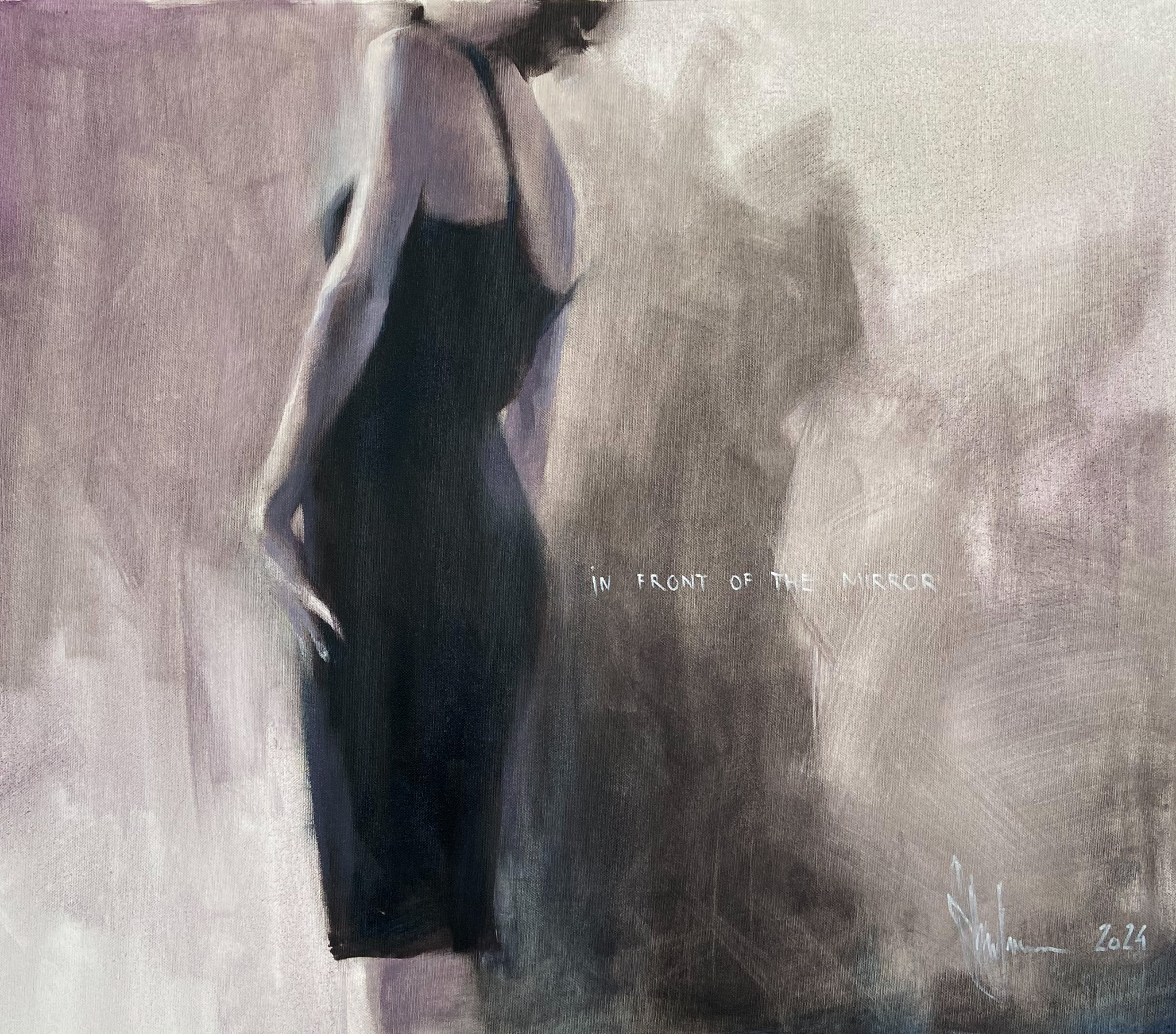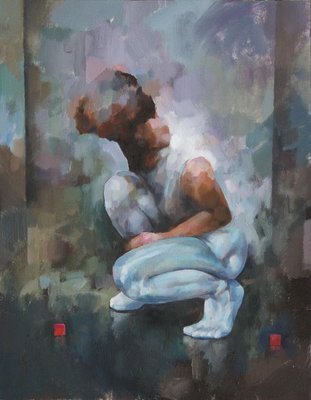The Evolution of Art: A Comprehensive Guide to Figurative Oil Painting
The Evolution of Metaphorical Oil Paint: Understanding Its Historic Significance and Modern Interpretations
The development of figurative oil painting offers as an engaging lens with which to check out the interplay between creative expression and historical context. Contemporary artists, attracting from this rich heritage, are now reinterpreting the human figure in means that test standard stories.
Origins of Figurative Oil Painting
The origins of figurative oil paint can be mapped back to the early Renaissance in Europe, particularly in the 15th century. This period noted a significant departure from the flat representations and rigid types characteristic of middle ages art. Artists started to discover naturalism, highlighting the human figure and its psychological expression. The development of oil paint permitted for higher deepness of shade and information, enhancing the realistic look and vibrancy of their work.

In this transformative age, numbers were usually portrayed within contextually rich settings, showcasing not just their physical features however also their psychological states. Leaders such as Jan van Eyck and Titian utilized the medium's convenience, using layering techniques to achieve brightness and texture. This advancement promoted the representation of elaborate textiles and the subtleties of complexion, adding to the growth of portraiture and narrative scenes.
In Addition, the Renaissance emphasis on humanism fostered a recognition for individuality, which consequently influenced musicians to produce even more relatable and dynamic numbers - figurative oil painting. Because of this, figurative oil paint became an effective vehicle for storytelling and psychological involvement, laying the groundwork for future creative motions and styles
Trick Historical Motions
Considerable historic motions have shaped the evolution of metaphorical oil painting, each contributing special ideologies and strategies that broadened the medium's possibilities. The Renaissance marked a critical moment, highlighting realistic look and the human kind, with musicians like Leonardo da Vinci and Michelangelo pushing the boundaries of physiological precision and perspective. Following this, the Baroque era brought remarkable contrasts of light and shadow, exemplified by Caravaggio, who instilled spiritual themes with extreme emotionality.
The 19th century presented Romanticism and Realistic look, where artists such as Delacroix and Courbet challenged timeless ideals, concentrating on private expression and day-to-day life. The arrival of Impressionism additionally revolutionized the medium by highlighting the impacts of light and color, leading to a departure from traditional representation.
In the very early 20th century, activities like Expressionism and Cubism redefined metaphorical paint with abstraction and the exploration of psychological depth. Each of these activities not only reflected the societal modifications of their times however likewise prepared for contemporary analyses. The interplay in between these historic motions has actually developed an abundant tapestry of viewpoints and designs, affecting modern musicians in their search of catching the human experience on canvas.
Techniques and Products Advancement

Throughout the Baroque duration, techniques such as chiaroscuro and sfumato arised, enhancing the psychological resonance of figurative structures. Artists started to explore lusters and impasto, manipulating appearance and brightness. By the 19th century, innovations like making use of pre-mixed paints in tubes changed accessibility, enabling artists to paint en plein air and capture the short lived effects of light.
The 20th century saw the introduction of artificial pigments and tools, which broadened the palette and modified the uniformity of oil paints. The exploration of new application methods, such as scheme knives and brushes of differing stiffness, more diversified imaginative expression. Jointly, these innovations reflect Learn More Here the developing relationship between materials, techniques, and the artistic vision inherent in metaphorical oil painting.

Contemporary Analyses
Contemporary interpretations of metaphorical oil painting reflect a dynamic dialogue in between practice and technology, where artists challenge developed standards and explore diverse motifs. This evolution materializes in numerous ways, as contemporary artists blend classical methods with modern-day concepts, often dealing with social, political, and personal narratives.
Numerous experts draw motivation from historical jobs, yet they infuse their items with contemporary point of views, making use of the human type as a vehicle for discourse on society, gender, and identification. Artists significantly explore abstraction, distortion, and multimedias, which permits a wider analysis of the figure and its context.
Moreover, the use of dazzling shade combinations and non-traditional compositions often offers to interrupt typical watching experiences, prompting important involvement from audiences. This shift in emphasis extends beyond looks; it mirrors a growing understanding of the complexities of human experience in an interconnected globe.
As figurative oil painting proceeds to evolve, it remains a crucial tool for checking out the nuances of contemporary life, personifying both a regard for heritage and a dedication to dynamic idea. The outcome is a rich tapestry of expression that reverberates with the intricacies of the contemporary human problem.
Influence On Modern Art
The influence of metaphorical oil painting on modern art is extensive, as it has consistently influenced a myriad of creative activities and techniques throughout the 21st and 20th centuries. From Expressionism to Surrealism and beyond, the expedition of the human figure has continued to be a central style, permitting musicians to communicate complex emotions and narratives. This focus on metaphorical representation has actually led to a re-examination of typical techniques, leading to innovative strategies that blend realism with abstraction.
In addition, modern musicians have actually accepted metaphorical oil painting as a method to attend to political and social concerns, using the medium to test understandings of sex, culture, and identification. The resurgence of passion in metaphorical work in current years shows a longing for link in a significantly electronic world, where human experience and emotion are paramount.
Additionally, the dialogue in between metaphorical oil paint and modern art appears in the jobs of artists such as Kehinde Wiley and Jenny Saville, that attract on historic recommendations while instilling their pieces with contemporary importance. Inevitably, figurative oil paint proceeds to shape and redefine contemporary creative expression, underscoring its long-lasting importance in the art globe.
Final Thought
The advancement of metaphorical oil painting emphasizes its historical relevance and versatility throughout various artistic motions. From the naturalism of the Renaissance to the stirring expressions of the Baroque and the cutting-edge strategies of modernity, this tool has continually transformed. Contemporary analyses mirror vibrant shades and non-traditional structures, fostering vital involvement with social and political themes. Inevitably, metaphorical oil paint continues to be an important medium for discovering the human experience, resonating profoundly in today's digital landscape.
The advancement of figurative oil painting serves as a compelling lens via which to analyze the interplay in between artistic expression and historic context.Substantial historical motions have shaped the development of figurative oil paint, each adding unique description ideologies and strategies that expanded the tool's opportunities.As historical movements shaped the trajectory of figurative oil painting, the materials and techniques utilized by musicians have also undergone significant improvements. figurative oil painting.The influence of figurative oil paint on modern art is profound, as it has actually consistently influenced a myriad of creative movements and practices throughout the 20th and 21st centuries.The development of navigate here metaphorical oil painting highlights its historic importance and versatility throughout different creative activities